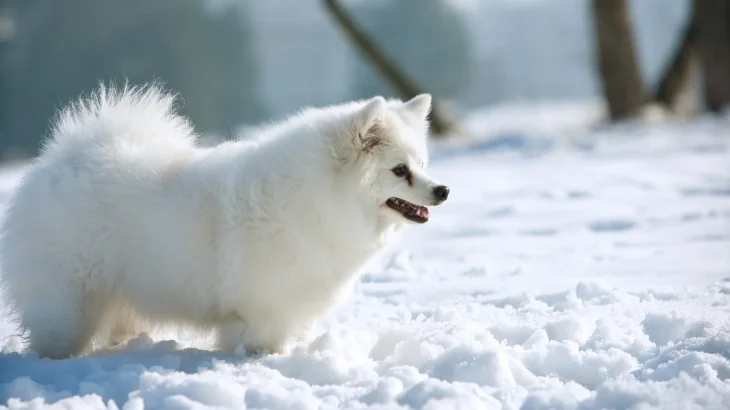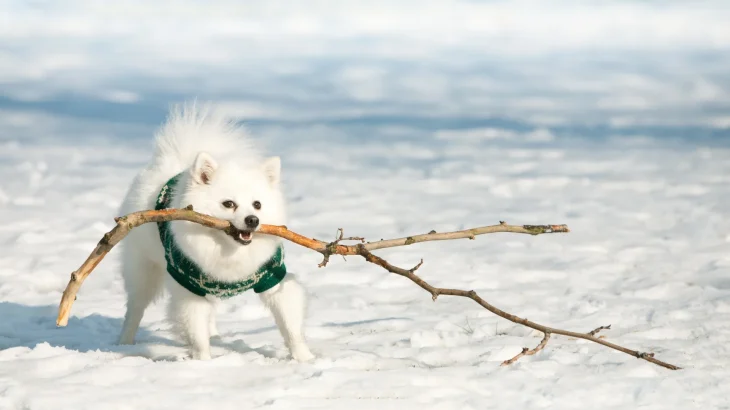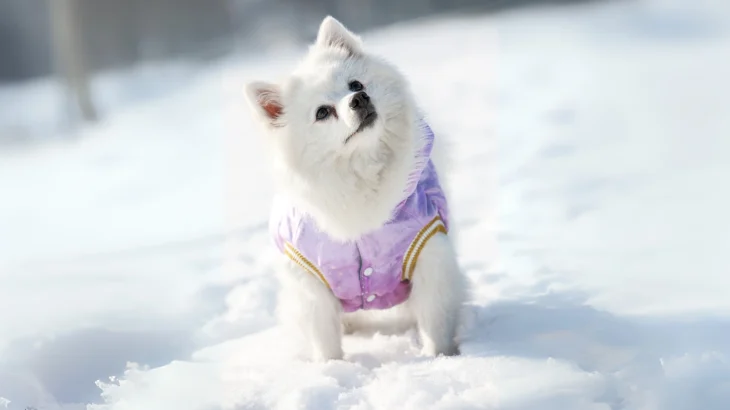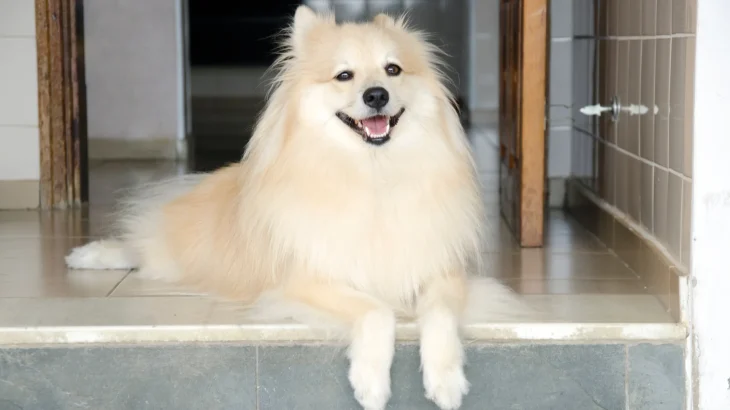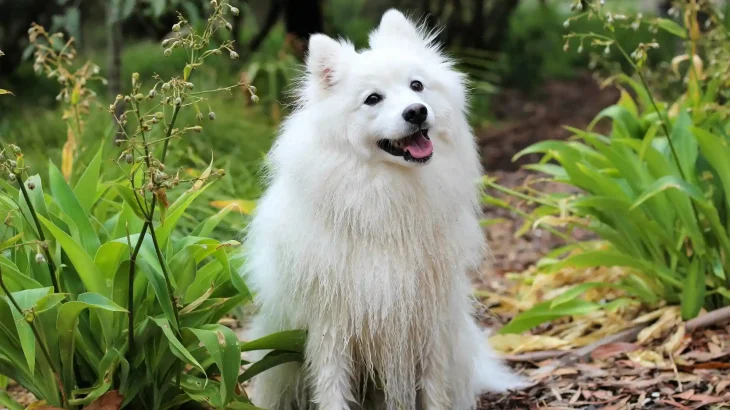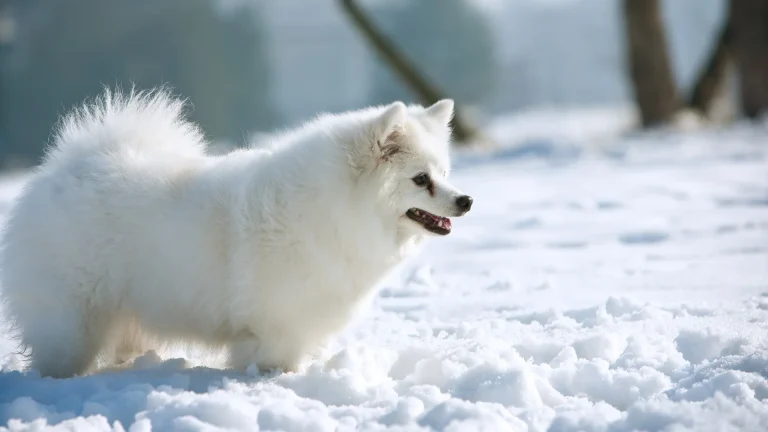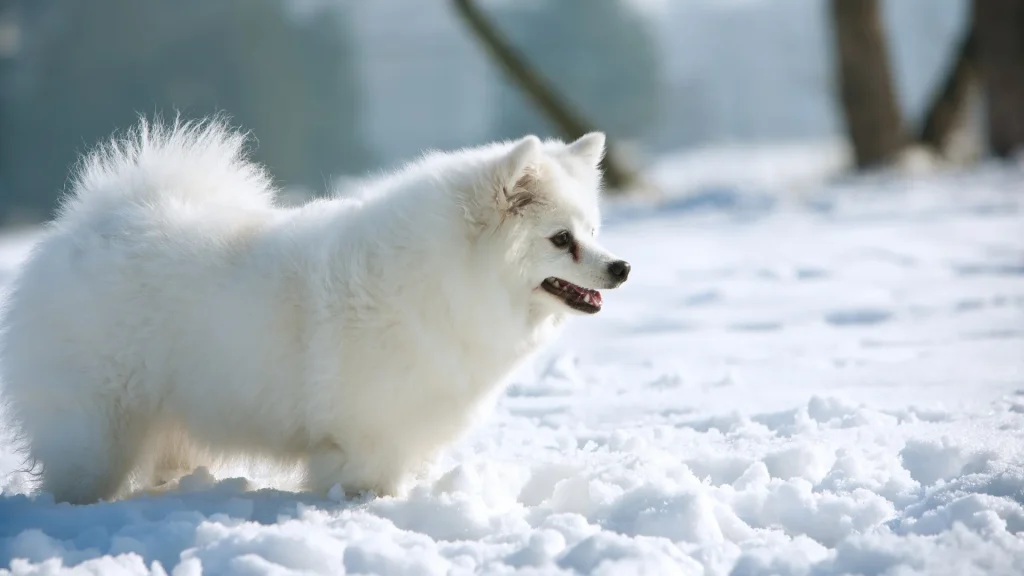Choosing whether to adopt or buy a German Spitz Giant puppy depends on what matters most to you as a potential owner. Adoption offers the chance to give a home to a dog in need, while purchasing from a breeder often ensures access to specific breed lineage and health information. Each option has distinct benefits and important considerations.
| Criteria | Buying from Breeder | Adopting from Shelter/Rescue |
|---|---|---|
| Cost | Higher initial cost, reflecting breed purity and breeder expertise. | Generally lower fees, making it more affordable to bring a dog home. |
| Health History | Detailed health screenings and genetic background available. | Health history may be limited or unknown, though basic checks are usually done. |
| Age Availability | Mostly puppies available, allowing for early bonding and training. | Wide range of ages including adults and seniors, offering more options. |
| Temperament Insight | Breeders can provide pedigree-related temperament expectations. | Shelters can share observed behavior, but past is often uncertain. |
| Supporting Practices | Supports responsible breeding programs when breeders are ethical. | Supports animal welfare by rescuing dogs needing homes. |
| Breed Purity & Pedigree | Assured with documents and lineage verification. | Often unknown or mixed, less focus on purebred status. |

